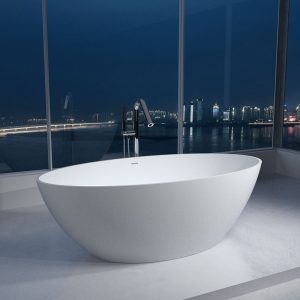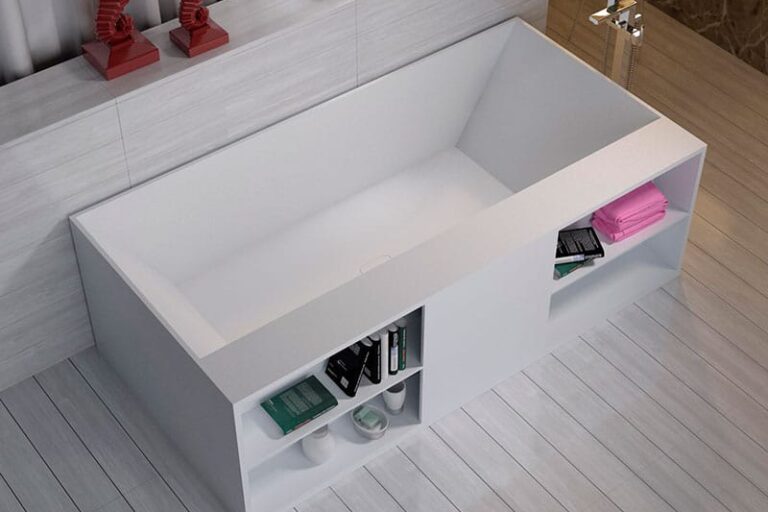The history of the development of the China bath tubs can be traced back to ancient times. In ancient China, wooden or stone baths were often used for bathing and relaxation purposes. Over time, the bath evolved into the modern form of the bathtub. The following are the main stages in the history of the development of the bathtub in China:
Ancient to Qing dynasty period:
Ancient wooden baths:
In ancient China, people used wooden baths for their bathing needs.
These baths were often made of large pieces of wood and were simple in shape, but functional.
The rise of stone baths:
as technology advanced,stone baths became the exclusive enjoyment of the nobility and royalty.
These stone baths were carved from large blocks of stone and were more solid and stable in shape.
Traditional folk baths:
In rural areas, people often used natural hot springs, rivers or lakes to build their baths.
These baths are often temporary, using the resources of the surrounding environment to provide a simple but effective way of bathing.
Modern stages of development:
Introduction of the Western bathtub:
In the late 19th and early 20th centuries, with the modernisation of China,
the concept and manufacturing technology of the Western bathtub began to enter the country.
The Chinese became exposed to modern bathtubs made of ceramic, cast iron and steel.
Domestic bathtub manufacturing:
In the early to mid-20th century, China began to establish its own bathtub manufacturing industry.
A number of well-known bathtub manufacturing companies were established
and began to produce bathtubs in a variety of materials and styles to meet the needs of different consumers.
Bathroom decoration development:
With the development of the economy and the improvement of people’s living standards,
bathroom decoration became an important market demand.
People began to pay attention to the design and decoration of the bathroom environment,
including the choice of bathtub, colour, material and the arrangement of bathroom supporting facilities.
Technology and intelligence:
In recent years, with the continuous progress of technology, intelligent bathtubs have started to appear.
These bathtubs are equipped with various high-tech functions,
such as massage functions, thermostatic systems, music playback and hydrotherapy functions.
Intelligent bathtubs provide people with a more convenient and comfortable bathing experience.
Environmental protection and energy saving:
With the increased awareness of environmental protection and energy saving,
environmentally friendly bathtubs are gradually gaining attention.
Some new bathtubs use energy-saving technology
In China, the development of bathtubs has undergone an evolutionary process
from ancient wooden baths to stone baths and then to modern bathtubs.
With the advancement of technology and social development,
modern bathtubs are becoming more and more common in China,
not only in urban homes but also in some hotels, spa resorts and other places.
In addition, as people’s living standards improve and their demands for quality of life increase,
bathroom decoration has become an important area of concern.
People are beginning to focus on the design, decoration and comfort of the bathroom environment,
and the bathtub, as one of the core elements of the bathroom, is receiving more and more attention and choice.
Overall, the development of the bathtub as a facility for bathing
and relaxation in China has gone through a process from ancient wooden baths to modern and diverse bathtub options.
As technology advances and society develops,
baths continue to evolve and innovate to meet the different needs of people for their bathing experience.













